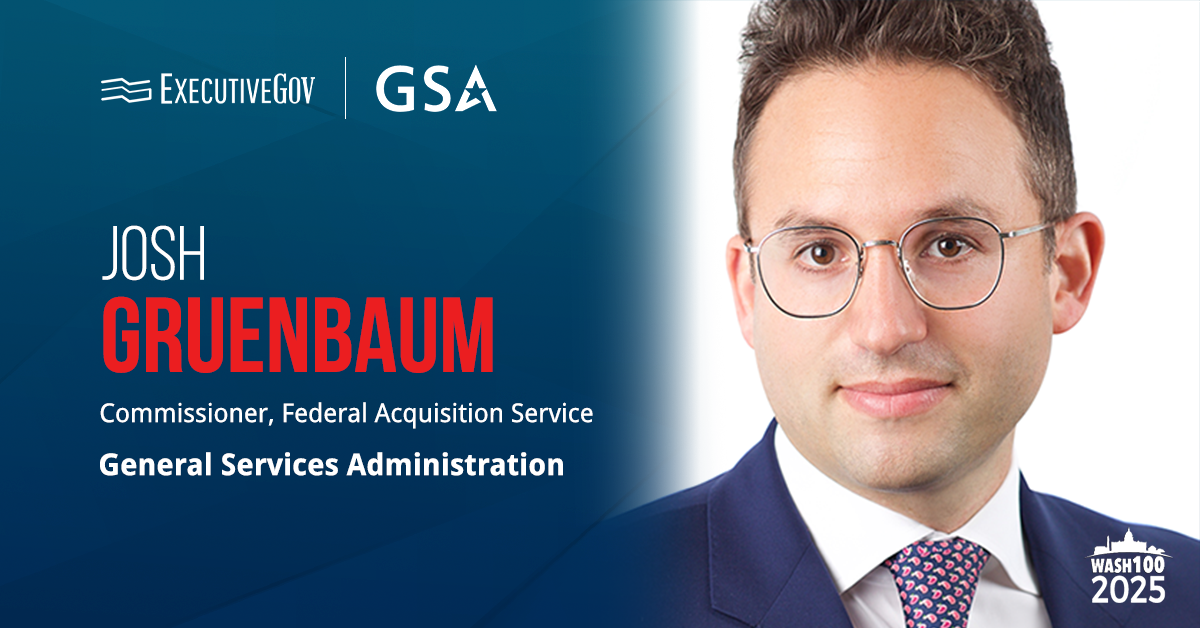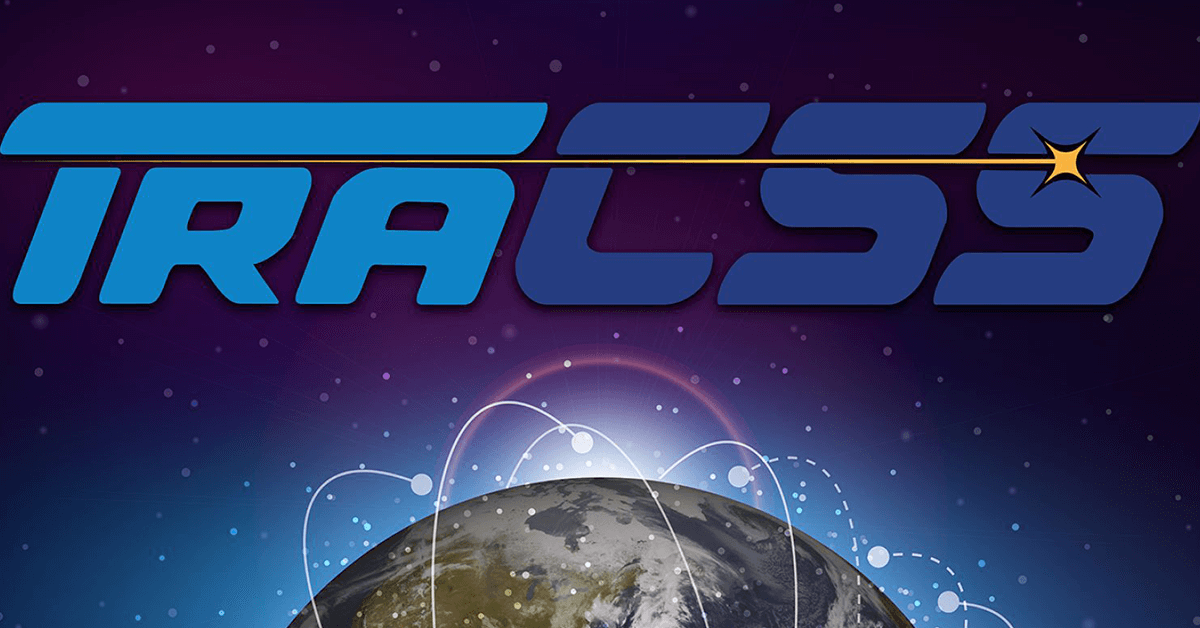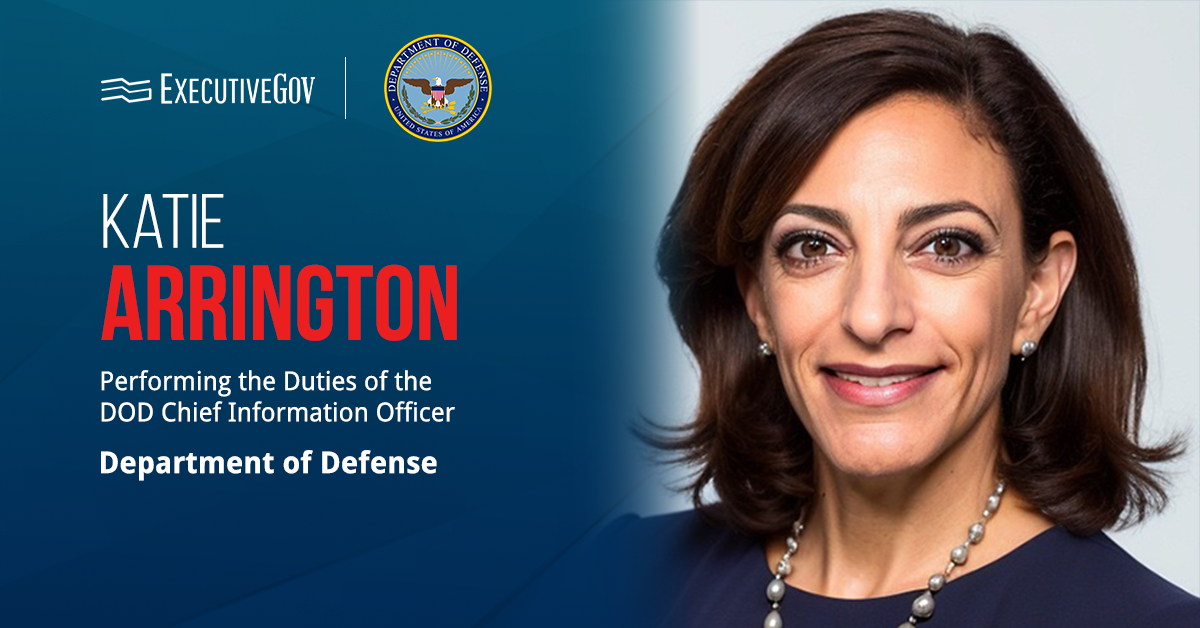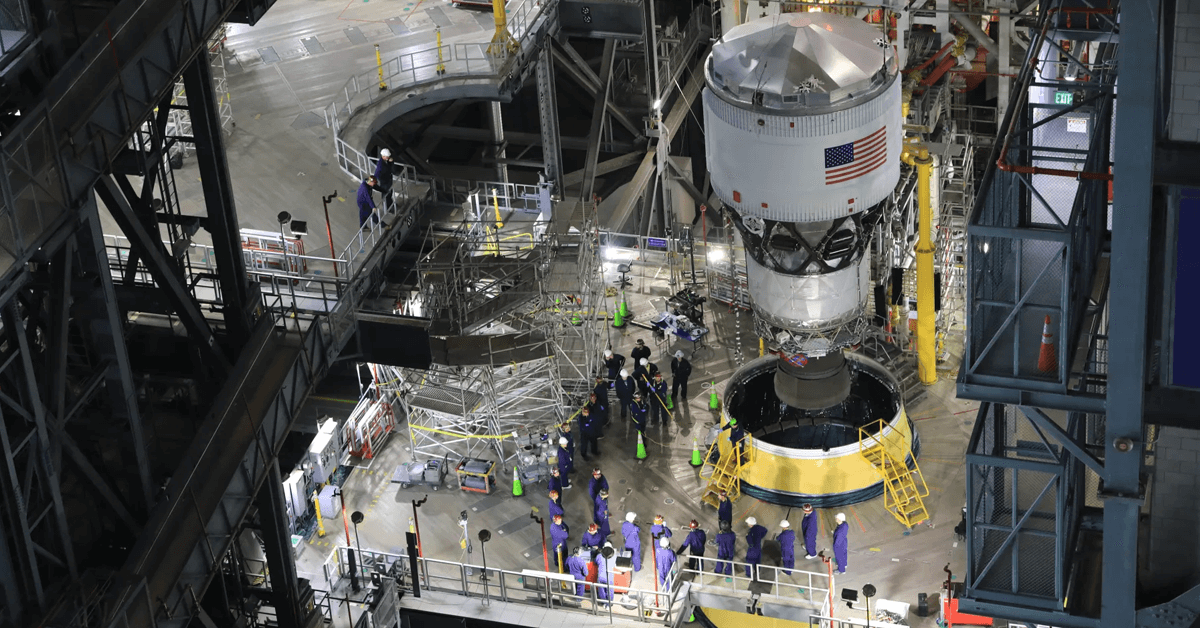The Wall Street Journal reported Monday that the Trump administration’s trade policies could make the Lockheed Martin-built F-35 fighter jet more expensive. The aircraft program relies on more than a thousand suppliers from about a dozen countries for parts and raw materials that may now be subject to U.S. tariffs.
Table of Contents
F-35’s Reliance on Foreign Parts
According to WSJ, F-35 uses components sourced from various countries.
Denmark-based Terma said it has produced 30,000 parts for the F-35 program, including pods for the machine gun on some aircraft models.
Australia’s defense industry has received F-35 contracts valued at more than $3.2 billion, including for components for the aircraft’s propulsion and avionics systems.
U.K. companies also contribute parts for the aircraft program, including ejector seats, fuselages, control sticks and other technologies.
GovCons Looking Into Supplier Contracts
Dak Hardwick of the trade group Aerospace Industries Association said defense companies are reviewing supplier contracts and looking for a provision, called Chapter 98, that allows duty-free imports if a product has been deemed “emergency war material” by the government.
Lockheed said it has an approach to mitigate the tariffs’ potential impact.
“For the vast majority of our external contracts, we’ve got mechanisms to recover impacts,” Lockheed Chief Financial Officer Evan Scott said during a recent call with analysts.
Meanwhile, Northrop Grumman said overseas only accounts for 5 percent of its supply chain spending.
According to the report, the fighter jet has contributed to the dominance of the U.S. in the global arms trade. More than 1,100 F-35 units have been sold to 20 countries since 2015.











